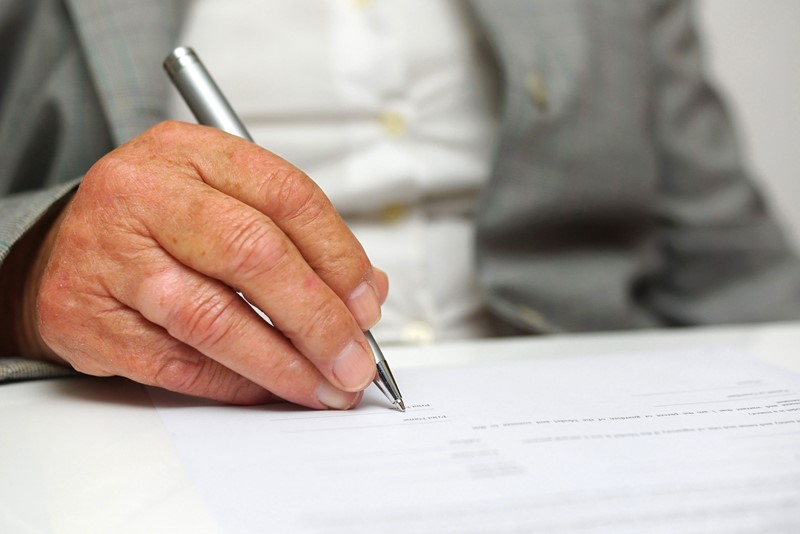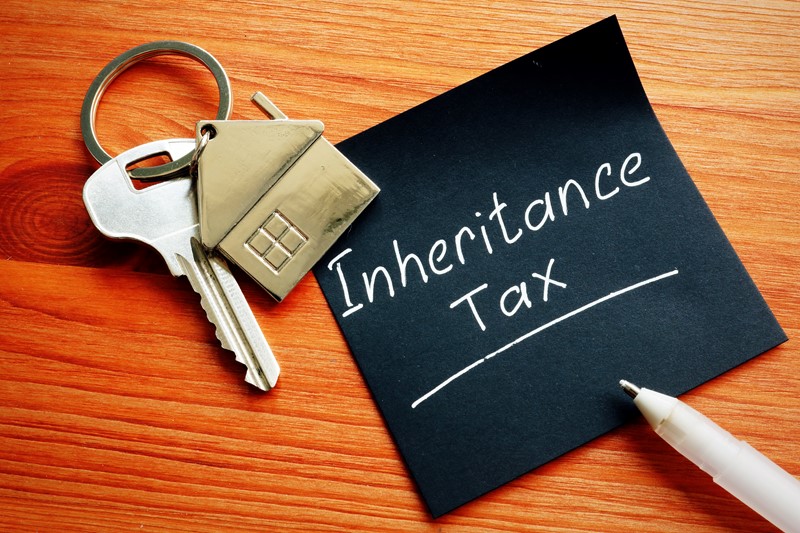There are special rules concerning the liability to IHT of a transfer made during one’s lifetime. For example, most gifts made during a person's life are not subject to tax at the time of the gift. These lifetime transfers are known as 'potentially exempt transfers' or 'PETs'.
These gifts or transfers achieve their potential of becoming exempt from IHT if the taxpayer survives for more than seven years after making the gift. If the taxpayer dies within three years of making the gift, then the IHT position is as if the gift was made on death. A tapered relief is available if death occurs between three and seven years after the gift is made.
The effective rates of tax on the excess over the nil rate band for PETs is:
- 0 to 3 years before death 40%
- 3 to 4 years before death 32%
- 4 to 5 years before death 24%
- 5 to 6 years before death 16%
- 6 to 7 years before death 8%
IHT may be chargeable if the person making the gift retains some 'enjoyment' of the gift made. For example, where an elderly person gifts their home to their children (who usually live elsewhere) and continues to live in the house rent-free. In this case the taxman will not accept that a true gift has been made and the 'gift' would remain subject to inheritance tax even if the taxpayer dies more than 7 years after the transfer.
If you are currently considering making a significant gift to your loved ones, it may be prudent to contemplate doing so sooner rather than later as there is always the possibility of changes to the tax regime especially with a new government in place.












